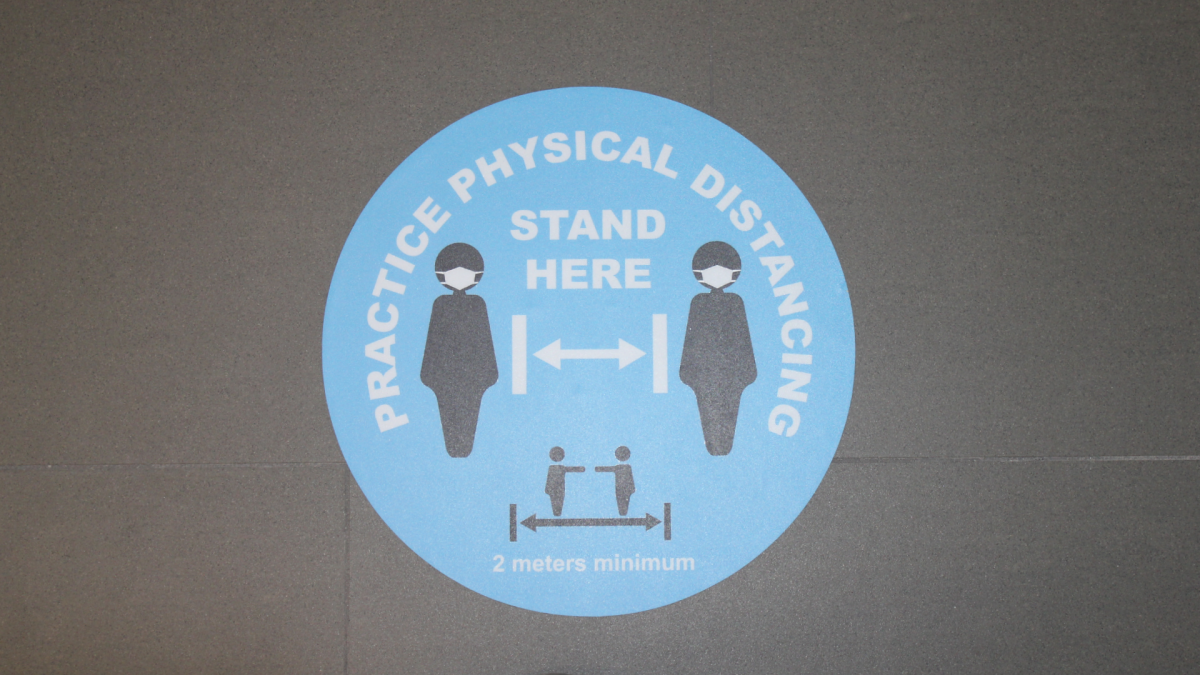Hamilton public health says the city is set to hit the fourth wave of the COVID-19 pandemic in the fall due to increases in “interpersonal” contact amid the province’s current reopening strategy.

During a board of health meeting on Wednesday, director of epidemiology and communicable disease control Michelle Baird said the latest forecast cites proliferation of the Delta variant among those in the city not fully vaccinated is the primary contributing factor.
“This is, to some degree, associated with reopening and increases in number of contacts between people,” Baird told councillors.
In the worst-case scenario, a sagging vaccination campaign coupled with the relieving of public measures in the next week could produce close to another 20,000 cases, 700 hospitalizations and potentially 70 new deaths by the end of the year.
However, public health epidemiologist Ruth Sanderson said close to 15,000 new cases in the next four months could be avoided if public health measures remain with the city’s vaccination rate at the current 70 per cent among those aged 12-plus.
“This would mean maintaining our current public health measures, including masking and distancing, in all settings at least until October,” Sanderson said. “And then slowly reducing, for example, our masking and distancing down to about half of those measures.”
Earlier this week, Ontario’s chief medical officer of health Dr. Kieran Moore said COVID-19 restrictions and lockdowns will soon be left in the hands of public health units instead of the province.
Baird told councillors the city still does not have details from the province as of Wednesday on how such a regional mandate would work.
On Monday, Mayor Fred Eisenberger suggested that in light of the potential transfer of power, restrictions could be added should case counts get out of control in the fourth wave.

Get weekly health news
“So, you know what the science says, that if we need to pull back here in Hamilton for whatever reason, because the positivity rate is higher or the case counts are moving in the wrong direction, then we’re going to advocate for those steps,” Eisenberger said.
Hamilton reports 38 new COVID cases on Wednesday, over 200 active cases
COVID-19 cases in Hamilton continued to rise on Wednesday with public health revealing 38 new cases in the last 24 hours, putting active cases at 209 – the first time since mid-June the city has had more than 200.
Tests returning from Ontario lab as positive for COVID-19 went up again for the third week in a row from the 2.40 per cent reported last Wednesday to 3.3 per cent.
The city’s seven-day average of new cases is also up day over day from 25 to 29.
Over 82 per cent of the city’s active cases are among those aged 50 and under, which corresponds with a vaccination lag with the same demographics.
Compared to a number of nearby public health units, such as Toronto, Waterloo and Niagara, Hamilton has a lower number of first shots with those aged under 30.
As of last Friday, only about 67 per cent of people under 30 have had a first shot, below the provincial average for the same group, which checked in at 72.9 per cent.
Niagara also has low rates in the same age group, with only 63.8 per cent of people under 30 having had at least dose as of the end of last week.
More than 750,000 doses of COVID-19 vaccines have been administered in Hamilton as of Aug.11 with the bulk of the shots, over 500,000, coming from Pfizer BioNTech.
More than 200,000 have been Moderna jabs, the rest coming from Astra Zeneca.
At the peak of the city’s vaccination program in July, about 9,000 shots per day were making it into the arms of Hamiltonians. The current rate as of early August is now down to just 1,700 a day.
Public health says Lower Central Hamilton, Flamborough, areas around the Red Hill Valley Parkway and pockets around the Linc continue to be the focus of their vaccination mandate since each region roughly has 8,000 to 12,000 residents who have not received a first shot.
Officials estimate around 15,000 more Hamiltonians need to get shots to achieve 80 per cent first-dose coverage and just over 37,000 more to reach achieve 75 per cent fully vaccinated.













Comments